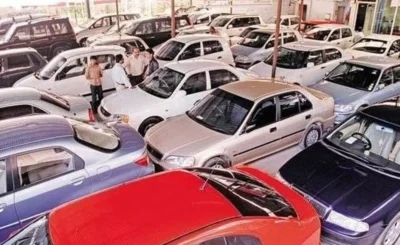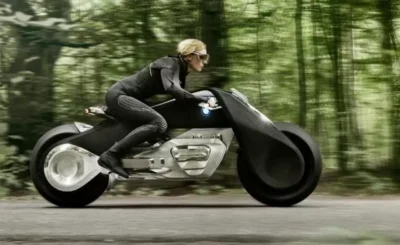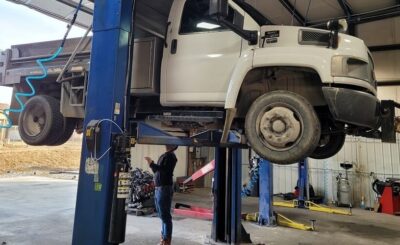Like the majority of automotive parts, every part serves a purpose in keeping the vehicle running. You’ve certainly heard of an automobile differential, but what exactly is it? What does that do? You must be thinking that can a bad differential cause transmission problems but before knowing that you must know what is differential.
What exactly is a Differential?
The differential, a component of the front and/or rear axle unit, plays an important role in how your vehicle spins. The differential drives a set of wheels while enabling them to spin at separate rates. This function is used to calculate the proportionate RPMs of the left and right wheels. If the inner tire cycles 15 RPM slower than heading directly, the exterior tire will spin 15 RPM faster.
When your car turns, the axle on the outside must move quicker than the wheel inside. It allows the wheels to respond to friction or create traction, causing the wheels to turn slower. Certain vehicles, such as go, do not have a differential. Front-wheel drive vehicles differ in that the wheel and differential assembly is housed within the gearbox axle unit, also known as the transaxle.
Differentials can be split into three sorts.
The most common variety is the Open Differential, suitable for various automotive manufacturers and versions. It would be the most basic, dependable, and often utilized differential. The motorized pinion gear at the driveshaft’s end interacts with the gear system, providing the power to both axles via another pair of tools. The greatest weakness in its design is that if one of the wheels begins to slip, all force is sent to the tire with the lowest grip, making this combo unsuited for hill climbs or high-speed racing.
The clutching mechanism engages whenever a wheel lacks grip, locking the axle’s left and right ends together. This is the recommended solution for large automobiles such as drag racers and tow vehicles.
Torque-Vectoring is the most recent advancement in differential technology. Torque vectoring is a complex set of instruments and electronics that gather information from the steering mechanism, throttle location, road conditions, and other sources, allowing it to redistribute energy to every wheel based on the data. The setting gives additional traction while turning, considerably enhancing quality.
Taking Care of the Differential
Periodic inspection of any automobile, including changing oil, belts, valves, and other fluids, is required. The differential fluid is not unique. Differential oil is a type of lubricant that uses lubricate gearboxes and differentials. It’s similar to the importance of motor oil for the engines. It is vital to protect the differential and gearbox and let them function securely and efficiently.
After a little while, in used differential fluid gets contaminated and dirty. Driving with tainted fluid is dangerous because it causes unnecessary wearing on parts, resulting in irreversible harm. Indications that your differential requires service:
- Just when decelerating does a buzzing noise occur.
- A howl or screech is produced while racing at higher or lower speeds.
- Screaming or humming at velocities higher than 20 mph; however, this changes as the vehicle turns.
- A clunking sounds every few feet or when you start moving.
- Constant sensations that grow in strength as the automobile accelerates.
Make an appointment with a qualified professional to have your transitional fluid, commonly known as gearbox oil or transaxle oil, replaced every 30,000 miles, not even exceeding 60,000 miles. Clean, fresh oil improves the distribution network, giving smooth driving like the rest of the car, components that are well work admirably.








